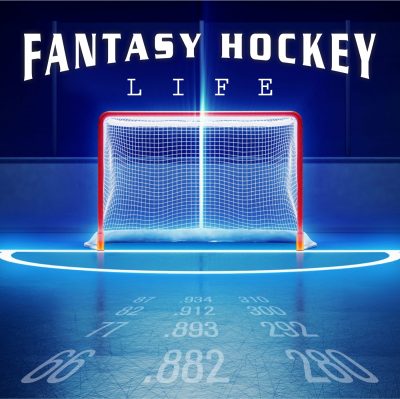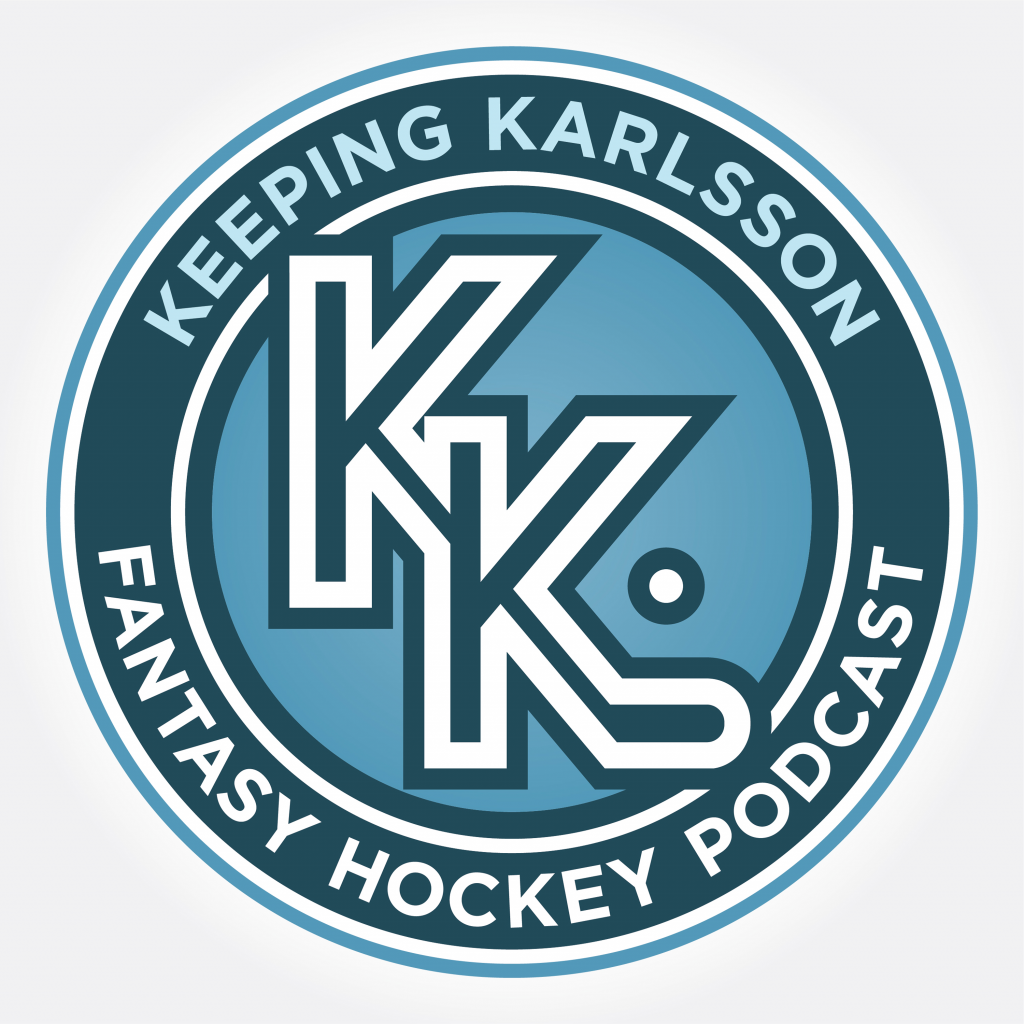
The best three-year stretch of first overall draft picks… in NHL history.
Welcome to the last Holding Court column on DobberHockey. Yup, you read that right; as you might've seen in one of Angus' recent Daily Ramblings I'm actually going to be taking over the weekly Cage Match column, stepping into the big shoes of Steve Laidlaw. You can look forward to a new DobberHockey columnist and new content in place of Holding Court.
I struggled in deciding on a topic for this last column. There were a few ideas I'd been considering for a while, but in the end there was one topic I'd always thought about tackling and that I think will give folks a lot to debate in the comments. Without further ado, this week's question – the final one for Holding Court – is what three year stretch of #1 overall draft picks is, was, or will be the best ever in terms of fantasy hockey performance.
If you look at the history of the No.1 overall pick since the inception of the NHL draft in 1963, it's hard to ignore that there are as many (if not more) misses as hits, including notable lowlights such as Doug Wickenheiser, Alexander Daigle, and Patrik Stefan. In fact, there are so many bad to mediocre #1 overall picks, that finding stretches of three consecutive years where all of the picks were fantasy studs is actually quite difficult. In the end, I narrowed down the list to five possible groups:
Group 1 – Guy Lafleur (1971), Billy Harris (1972), Denis Potvin (1973)
Group 2 – Pierre Turgeon (1987), Mike Modano (1988), Mats Sundin (1989)
Group 3 – Marc-Andre Fleury (2003), Alexander Ovechkin (2004), Sidney Crosby (2005)
Group 4 – Patrick Kane (2007), Steven Stamkos (2008), John Tavares (2009)
Group 5 – Steven Stamkos (2008), John Tavares (2009), Taylor Hall (2010)
As a first step, I wanted to try to pare down the list to just two groups, making it a heads-up debate (after all, I need the practice for Cage Match). And as much as I wanted the final debate to include some really "old school" players, the first elimination was Group 1. The reality is that Harris was only a merely decent forward, who never once cracked the top 30 point scorers list for a season despite being part of the 1970s Islanders offensive juggernaut. Plus, as great as the other two were, Lafleur's superb numbers were mainly clustered in six seasons, after which not only did his production go downhill but he also got bit by the injury bug, which affected Potvin during a few seasons as well.
The other initial cuts were Group 4 and Group 5. In these groups, there are a total of four players under age 25 who are already among the very elite of the NHL and whose futures are almost as bright as can be imagined. But within Group 5 we have one player (Tavares) who has yet to record a point per game season and another (Hall) under a point per game for his career. And at the risk of nitpicking, as good as Stamkos is, his percentage of power play points is not comparable to other elite scorers and his other secondary stats (especially plus/minus and faceoff percentage) are not great. And while Group 4 adds Kane and his two Cup wins and Conn Smythe Trophy, those don't bear upon fantasy stats; plus there still is Tavares and his lack of a point per game season. And while the debate does allow for weighing career potential alongside actual results, the reality is that the early achievements and possibilities of Group 4 and Group 5 just cannot compete with the actual accomplishments and stats of those in Group 3.
So there we have it, the debate for this week's – and last ever – Holding Court column comes down to which trio of #1 overall NHL draft picks should be considered the best of all time for fantasy purposes: Group 2 (Turgeon, Modano, Sundin) or Group 3 (Fleury, Ovechkin, Crosby).
At the outset, it's worth noting this will be a difficult debate. For one, the presence of Fleury in one of the groups prevents this from being a true "apples to apples" comparison. Plus, even though the careers of the six players did briefly overlap (they all played in the NHL in 2005-06 and 2006-07), what we're really talking about is a true past versus present/future situation.
Analysis of Group 2 (Modano, Sundin, Turgeon)
Positives = consistent high level production; Modano and Sundin's lack of injuries; secondary stats
Taking a close look at Group 2, their career accomplishments are quite impressive. All three amassed more than 1300 career points, placing them in the top 31 of all time. Turgeon and Sundin also finished with above a point per game career scoring average, while Modano would've as well had he not opted to prolong his career for a few twilight years (even still, he finished with ten point per game seasons).
What also stands out among these players is their consistency and fantasy value. In Sundin you have one of only three players (Marcel Dionne and Jaromir Jagr being the others) who potted 20+ goals in each of his first 17 seasons. He also missed no more than 12 games in a season until his final year, and played 80+ games in nine separate seasons. And although Sundin had only one exceptional season (114 points in 1992-93), he also had only one poor year (59 points as a rookie) aside from his final campaign with Vancouver. Other than those years (and the lockout shortened 1994-95 season, when he scored 47 points in 47 games), there were a remarkable 14 seasons of 72-85 points, plus one of 94 points.
With Modano you also had a great track record of games played (76 or more games in 13 of his first 15 full seasons) and steady production (only once dipping below 60 points in those 13 seasons, while, like Sundin, twice amassing over 90 points). Turgeon had fewer 70+ game campaigns than the others, but he also had more truly elite years, with seasons of 132, 106, 96, and 94 points. Like Modano, Turgeon hung on a bit too long, and his career averages suffered as a result; but he still was able to average more than a point per game in 11 different seasons, and for his career as a whole.
It's important to emphasize the durability of this group. As great as superstars like Mario Lemieux, Pavel Bure and Peter Forsberg were in this era, their fantasy owners were hurt by being unable to count on them to be in the lineup day in and day out. With these guys – particularly Sundin and Modano – you had players who not only produced but also were out there for your squad on a consistent basis.
Each of the three also was solid in secondary stats. In the faceoff circle, each reliably won well over 50% of their draws, and the three of them combined to have a career plus/minus that's above +300. And they did very well on the power play too, with Turgeon in particular amassing a surprisingly impressive 190 PPGs, which places him 19th all-time and is all the more impressive considering his 515 goals only puts him at 36th among all NHLers. Modano and Sundin tallied 160 and 157 PPGs respectively, which equates to a very good percentage of the total goal output for each.
Negatives = played in inflated offense era; lack of huge years; no huge category contributions
As impressive as these stats and achievements were, there are some arguments against the greatness of Turgeon, Modano and Sundin. For one, they played in an era where offensive outputs were quite different than today. Whereas nowadays getting 90+ points in a season is truly elite (you have to go back to 2006-07 to find the last time when more than ten players had 90+), it was more routine in the 1990s, which even saw several seasons where well more than ten players amassed 100+ points.
Beyond that, all three were centers, and the pool of fantasy hockey talent at center is deeper, making their accomplishments less impressive than if they had been wingers. Plus, between the three of them there are barely over a handful of appearances on the overall top 10 yearly scorers list, with none of them ever once finishing among the top three point scorers in a season. And none of them was going to single-handedly win you an offensive category, as Modano and Turgeon each scored 50+ goals only once (Sundin never did) and only Sundin (once) and Turgeon (twice) ever finished with 65+ assists in a season. In the end, it could be argued that these guys were fantasy anchors, but not difference makers.
Analysis of Group 3 (Crosby, Ovechkin, Fleury)
Positives – Ovechkin and Crosby have put up some jaw dropping numbers; Fleury is a Wins machine
Crosby and Ovechkin have already finished in the top three in NHL scoring at least three times each, and both have been league scoring champ once. Crosby also currently sits fourth all time in points per game scoring, with Ovechkin 11th (Turgeon is the highest among the other group, way down at 43rd). In Ovechkin, you also have a winger, which, as noted above, is far more coveted in fantasy hockey. And beyond that, he also has what truly might be an unprecedented combination of goals, points, power play points, hits and shots, having finished in the top ten in all five categories in two consecutive years.
What's more, some of the numbers that Ovechkin has put up are all the more impressive when you consider how much better they were than other forward in the same years. Take for example Ovechkin's goal total of 65 in 2007-08; not only was that 13 more goals than anyone else scored that season, but you have to go all the way back to 1996-97 to find any other NHLer who scored more than 60 in a season. He followed that by scoring 56 in 2008-09, a full ten goals more than the next highest player's total. Crosby has been no slouch either, having posted 100+ points in every single season where he's played at least 77 games, which is something that no current NHLer (not even Ovechkin or Evgeni Malkin) can match. In short, the best of Ovechkin and Crosby thus far has been clearly better than the best ever from Sundin, Modano, or Turgeon.
Fleury's main positive is Wins, with an impressive four seasons of 35+ Wins (two with 40+) and six seasons (including each of the last five campaigns) in the overall top ten in NHL goalie Wins. That kind of consistency is not easy to find among netminders, past or present.
Negatives– Fleury's other stats are mediocre at best; Ovechkin had two recent poor years; Crosby has struggled to stay healthy
The elephant in the room is clearly Fleury's other stats (SV%, GAA, SOs). Most pools counts them, and it's in these areas where Fleury's fantasy value takes a rather large hit, as his finishes in each category over those same six seasons in which he was in the top ten in wins were: 27th, 22nd, 38th, 17th, 28th, 24th (Save %); 29th, 24th, 25th, 10th, 13th, 19th (GAA); 6th, 13th, 33th, 20th, 24th, 27th (Shutouts).
And Ovechkin and Crosby are not without their negatives either. In Ovechkin you have a player who likely would've cost you a top three draft pick every year, yet despite that he had a stretch of two seasons where he only amassed 150 points in 157 games. The negative effects of his point scoring woes were offset somewhat by his still solid contribution in other categories; but make no mistake, he was a colossal fantasy disappointment in those years, and only toward the end of last season did he show signs of returning to the Ovi of old. With Crosby, it's mainly about the many games he missed due to head/neck injuries. But at least in his case even though he only played in 22 games during 2011-12, it wasn't as if expectations going into the season were for him to play in all 82 games.
Final Verdict
The true challenge in this debate is judging three guys whose careers are already over against three others who are all still in their twenties. In assessing Group 3, I put a lot of weight on Ovi's resurgence in 2012-13, since it was starting to look like he might have burned out at an early age. But then he went ahead and scored 32 goals in 48 games this past season, including a truly spectacular stretch of 22 goals (34 points) in his final 21 games; suddenly, there are signs of him returning to form (and then some). And with Crosby perhaps finally over his injury woes, he should be able to add to his total of 100+ point seasons in his sleep. But then there's Fleury, who some might argue is barely even the starter in Pittsburgh at this point and might very well be out of town when he's a UFA after the 2014-15 season, if not earlier. And if he's not in Pittsburgh, then his main saving grace (Wins) might suffer.
With Modano, Sundin and Turgeon, you do have the benefit of knowing exactly what happened for their entire careers. And although none of them ever came close to winning a scoring title or putting up numbers that left all other NHLers in the dust like Crosby and Ovechkin already have, we also need to be careful not to undervalue their consistency in scoring and the lack of injury woes for Modano and Sundin in particular.
In the end, this seemed like a very close debate, so I figured the best way to arrive at the Final Verdict was to simply envision whether a team with Ovi, Crosby and Fleury during their era would be better off than one with Sundin, Modano, and Turgeon back when they were playing. And if you look at it that way, the edge goes to Ovechkin, Crosby and Fleury, as it would be hard to envision a team not winning its league most of the past seven seasons with those three on its roster, especially since they all play different positions. Contrast that with the trio of Modano, Sundin, and Turgeon, where all three play center and none ever gave you league leading stats.
But I suspect that if this question is revisited in five years (after we've had a chance to see if Crosby has been able to stay healthy, or Ovechkin has slumped again, or Fleury lost his status as a dependable Wins machine), we might just see that the Modano, Sundin and Turgeon group ends up the winner overall, unless by then the guys in Group 4 and Group 5 have something to say about it….
Thanks again to everyone who read my 40+ Holding Court columns. See you at Cage Match!

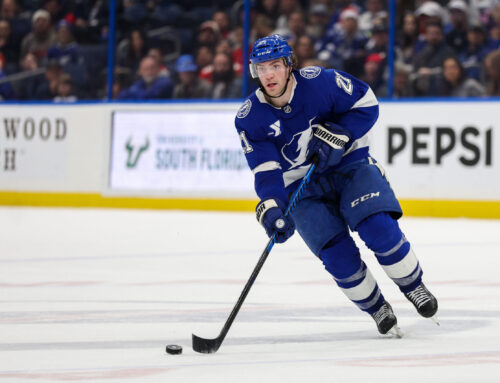
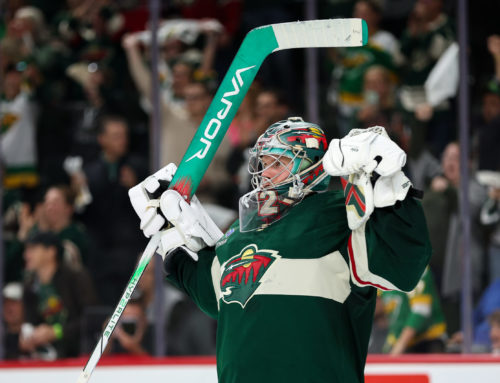
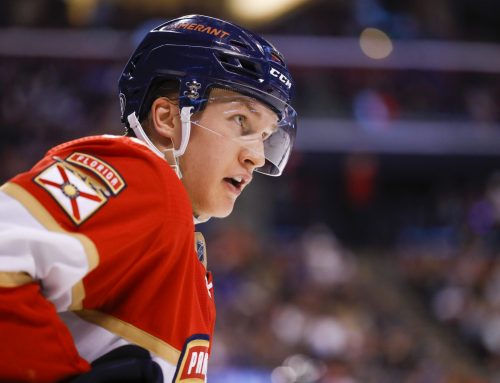
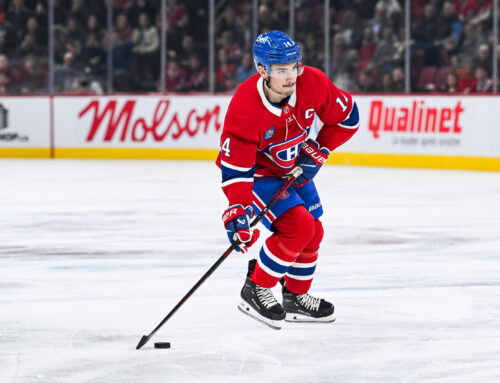

 MIN
MIN MTL
MTL PHI
PHI COL
COL CHI
CHI ANA
ANA NYR
NYR